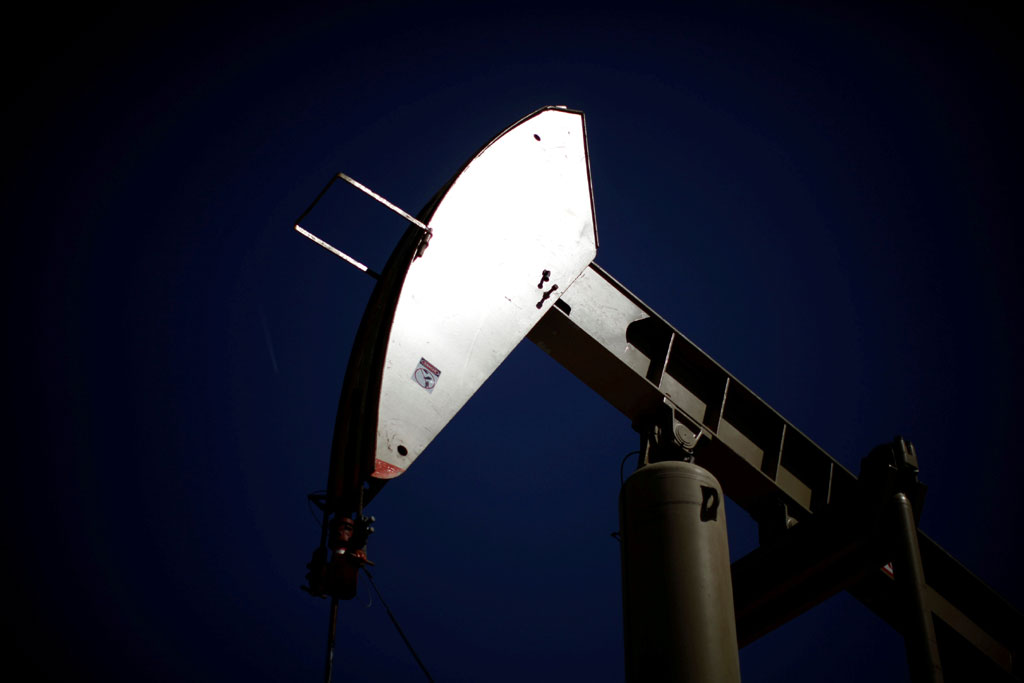 TOKYO: Oil prices slipped a second day on Thursday, with Brent edging down further from the $70 mark after weekly U.S. oil data showed a surprise build in crude inventories and record production.
TOKYO: Oil prices slipped a second day on Thursday, with Brent edging down further from the $70 mark after weekly U.S. oil data showed a surprise build in crude inventories and record production.
Brent futures were down 3 cents at $69.28 a barrel by 0603 GMT. Brent fell 6 cents on Wednesday, after touching $69.96, highest since Nov. 12, when it last traded above $70.
U.S. West Texas Intermediate (WTI) crude fell 8 cents, or 0.1 percent, to $62.38 a barrel. The contract dropped 12 cents in the previous session after briefly hitting $62.99, also the highest since November.
Global benchmark Brent has gained nearly 30 percent this year, while WTI has gained nearly 40 percent. Prices have been underpinned by tightening global supplies and signs of demand picking up.
"There is a clear bias to the upside with the supply restrictions," said Michael McCarthy, chief market strategist at CMC Markets in Sydney, pointing to supply cuts by OPEC and others, along with sanctions on Iran.
"And there's a much-better-than-expected demand picture after the recent China and U.S. PMI numbers, along with a potential kicker from any U.S.-China trade agreement," he said.
The Caixin/Markit services purchasing managers' index (PMI) rose to 54.4, the highest since January 2018 and up from February's 51.1, a fourth-month low, a private business survey of China's service sector showed on Wednesday.
Trade talks between the United States and China made "good headway" last week in Beijing and the two sides aim to bridge differences during further talks, White House economic adviser Larry Kudlow said on Wednesday.
Crude oil is also supported by an agreement between the Organization of the Petroleum Exporting Countries and allies such as Russia, a group known as OPEC+, to reduce oil output by about 1.2 million bpd this year.
U.S. pressure on Iran is increasing, with a senior Trump administration official saying earlier this week that Washington is considering more sanctions on the Middle Eastern country.
The refinery maintenance season is also drawing to a close and that will provide further demand for crude, said Virendra Chauhan, oil analyst at Energy Aspects in Singapore.
"The physical market is very strong and we are now starting to trade post-turnaround barrels, which should mean physical markets strengthen and flat prices should follow," he said.
Still, crude oil inventories in the United States rose by 7.2 million barrels last week, as net imports climbed, the Energy Information Administration (EIA) said on Wednesday. Analysts had forecast a decrease of 425,000 barrels.
U.S. crude production climbed 100,000 barrels per day (bpd) to a record 12.2 million bpd, after hovering around 12 million to 12.1 million bpd since mid-February, according to the EIA data.


























Comments
Comments are closed.